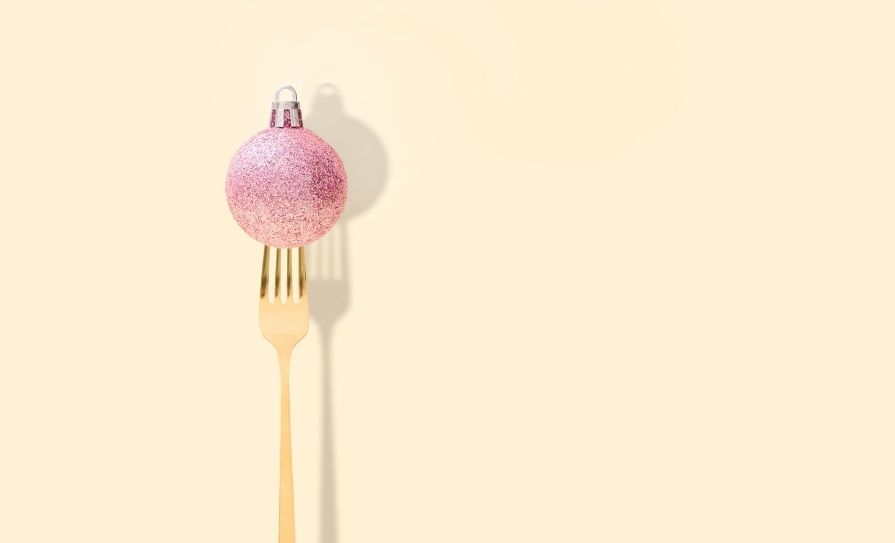Dr Des Corrigan looks at the often-overlooked side-effects of cannabis
Pharmacists are very familiar with paradoxical effects of drugs — for example, the aggression and agitation some benzodiazepine users can experience. They may be less familiar with a more recent drug paradox, namely, the repeated and severe vomiting that can occur after cannabis use and which is now known as Cannabis Hyperemesis Syndrome (CHS).
The paradox arises because natural THC — and its synthetic versions nabilone and dronabinol — when used at relatively low doses, have long been accepted as effective antiemetics for patients undergoing chemotherapy, whereas proemetic effects can occur at the higher doses that are now common. So, what do we know about this unpleasant consequence of using cannabis drugs, either medically or recreationally?
CHS, a syndrome not unlike cyclical vomiting syndrome (CVS), was first described in case reports from South Australia in 2004. It is characterised by episodes of frequent, severe vomiting and nausea. It is also associated with abdominal pain in regular and frequent users of cannabis products, both smoked and edible — especially those products with high concentrations of THC. A key difference to note between CHS and CVS is that CHS sufferers try to relieve their symptoms with hot baths or showers in an almost compulsive manner.
Originally seen as a very rare complication of cannabis use, CHS now appears to occur more frequently in line with increased availability of higher-potency cannabis, and, in particular, where such products are heavily commercialised, such as in the US and Canada. A paper in JAMA Open Network in 2022 reported a 13-fold increase in emergency department (ED) visits for CHS in Ontario between 2014 and 2022, in tandem with the legal commercialisation of cannabis.
A 2025 internet survey of 1,052 individuals self-reporting CHS and published in the Annals of Emergency Medicine noted that 82 per cent had attended an ED and that 42 per cent
had been hospitalised at least once due to their symptoms. Key features of their cannabis exposure included starting use at an early age and frequency of use — with 82 per cent using the drug at least three times a day and a staggering 16 per cent using it more than 10 times daily.
Neurogastroenterology and Motility, in a 2025 review of cannabis use patterns associated with CHS, drew attention to the large rise in cannabis potency in recent years. The THC content of herbal cannabis increased from 4 per cent in 1995 to 14 per cent — and even up to 30 per cent in many samples of weed — in 2019. Meanwhile, the THC content in hash (resin) has gone from 2 per cent to 26 per cent.
As a result, the authors stated that THC intake had increased from 1-3mg per day up to 20-to-40mg among those diagnosed with Cannabis Use Disorder (what used to be called dependence or addiction). The emergence of the edibles market has added to the burden, with some edibles containing up to 400mg of THC compared to 18-to-32mg in a typical joint in the US.
A JAMA Patient Page on CHS, in October 2024, estimated that CHS affects about 2.75 million Americans. The true number is likely higher, as the condition is often under-diagnosed due to being misdiagnosed as viral gastroenteritis or an eating disorder such as bulimia.
Accurate diagnosis is important because many sufferers have been subjected to unnecessary procedures such as CT and MRI scans, endoscopy, colonoscopy, and gastric-emptying tests — at significant discomfort and cost to themselves and to health service providers — due to a lack of knowledge about the condition.
However, an agreed set of diagnostic criteria is beginning to emerge, largely through what is called the ROME IV consensus. This is the gastroenterology equivalent of the DSM approach to mental health and is facilitated by the ROME Foundation, an independent, not- for-profit organisation headquartered in North Carolina that supports research into the diagnosis and treatment of disorders such as CHS that are related to gut-brain interactions.
In 2019, the Journal of Clinical Gastroenterology and Hepatology published the ROME IV criteria for diagnosing CHS, which included the following: Episodes of acute-onset vomiting less than one week; at least three episodes in the past year and two episodes in past six months with at least one week between them; symptoms present for at least three months; symptoms stop after cannabis use is stopped; and there is a need for hot baths/showers to relieve vomiting. In addition, Canadian researchers writing in the April 2025 issue of the Journal of Environmental Research and Public Health state that CHS should be suspected in any case of prolonged vomiting in a young person, and that non-stigmatising questions about cannabis use and/or a blood or urine test for cannabinoids should form part of any diagnostic work-up.
That paper also described the three distinct phases of CHS, starting with a prodromal phase of early morning nausea and discomfort followed by the hyperemetic phase of severe vomiting, dehydration, and electrolyte imbalances that necessitates ED visits and/or hot baths/showers. During the recovery phase, symptoms gradually fade and normal eating and bathing habits resume.
According to the JAMA Patient Page, the complications of CHS can include erosion of teeth enamel leading to tooth loss; dehydration; acute kidney injury; and low levels of chloride, potassium, sodium, and bicarbonate. Rarer complications include arrythmias, kidney failure, seizures, and death. An added complication that frequently
During the recovery phase, symptoms gradually fade and normal eating and bathing habits resume
arises when patients are advised to stop cannabis use is abrupt withdrawal leading to relapse and a resurgence of the vomiting. This has led the Canadian group to observe that cannabis is more addictive than previously thought.
The inability or reluctance of CHS patients to stop using cannabis seriously hampers their recovery, as abstinence is believed to be the cornerstone of therapy, as demonstrated in a 2017 systematic review of case reports in the Journal of Medical Toxicology, which detailed that 97 per cent of patients who stopped had complete resolution of their symptoms.
Patient scepticism of the role of cannabis in causing their symptoms, allied to the perceived benefits of
the drug, alongside a lack of other effective treatments, are a significant challenge for clinicians. While some patients respond to haloperidol, benzodiazepines, and aprepitant, there is very low certainty of evidence supporting the use of these or the use of common antiemetics such as prochlorperazine and metoclopramide, according to the 2024 Guidelines for Reasonable and Appropriate Care in the Emergency Dept (GRACE-4). These guidelines also refer to topical capsaicin which, in the form of an 8 per cent patch recently approved by the Food and Drug Administration for diabetic neuropathic pain, is suggested in a 2024 update in Pharmaceuticals. Cannabis cessation through cognitive behavioural therapy and addiction counselling alongside IV rehydration are also emphasised as appropriate treatments.
All recent publications on CHS highlight the need for both health professionals and cannabis users to have access to knowledge transfer, education, and awareness-raising on the side-effects of cannabis and on best treatment approaches. Perhaps another opportunity for pharmacy to lead from the front on this vital issue
Dr Des Corrigan, Best Contribution in Pharmacy Award (winner), GSK Medical Media Awards 2014, is an Adjunct Associate Professor at the School of Pharmacy and Pharmaceutical Sciences at TCD where
he was previously Director and won the Lifetime Achievement Award at the 2009 Pharmacist Awards.
He was chair of the Government’s National Advisory Committee on Drugs from 2000 to 2011, having previously chaired the Scientific and Risk Assessment Committees at the EU’s Drugs Agency in Lisbon. He chaired the Advisory Subcommittee on Herbal Medicines and was a member of the Advisory Committee on Human Medicines at the HPRA from 2007 to 2024. He has been a National Expert on Committee 13B (Phytochemistry) at the European Pharmacopoeia in Strasbourg and served on the editorial boards of a number of scientific journals on herbal medicine.







